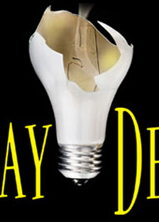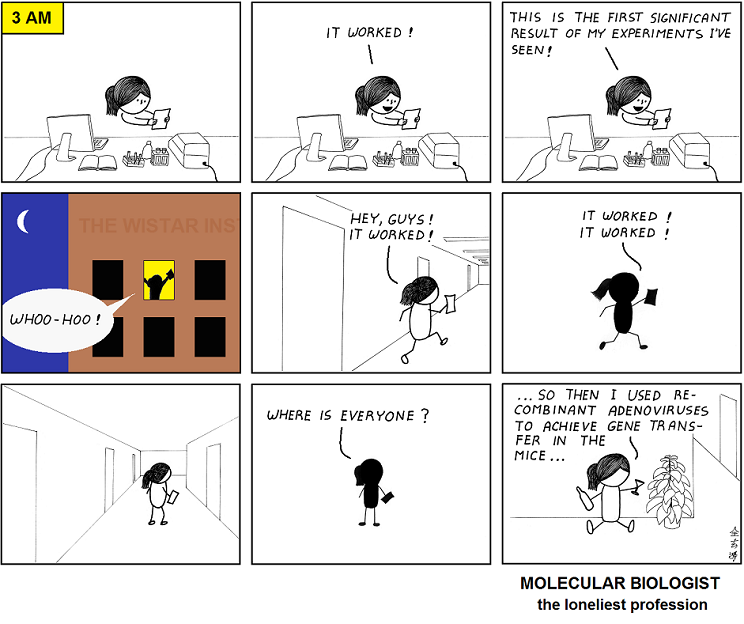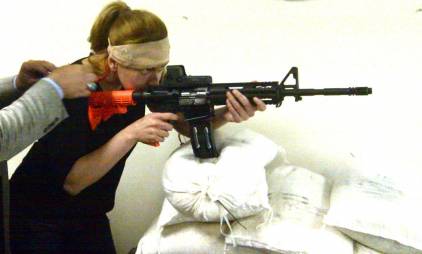The magician Todd Robbins eats light bulbs. For a while last year he practiced his brand of indigestitation in an off-Broadway show on magic and murder, Play Dead. Most of the production was in the tradition of Ricky Jay’s several one-man meditations on the history of hokum. The one exception came early in the show (since closed), when Robbins put a light bulb into his mouth, bit down, and kept biting down until the glass part of the bulb was gone. He asked a woman in one of the first rows if she believed that he’d really eaten the bulb. “No,” she said. He looked slightly crushed, then tried again: He really had eaten the bulb. Really! Now did she believe him? “No.”
I happened to know, through a mutual friend, that Robbins does eat light bulbs. There isn’t a trick to doing it, but there is a technique, and he’s mastered it. (It requires “eating the glass so that it is sufficiently masticated and pulverized to get through his system,” the show’s co-writer and director Teller, of Penn and Teller, told The Wall Street Journal). But how do you convince an audience watching a show full of illusions that the stranger-than-fiction thing they’ve just seen is real?
I’ve been thinking about that light bulb for the past few weeks, ever since I saw a trailer for Mission: Impossible—Ghost Protocol (who says the masses aren’t ready for esoteric, but correct, punctuation?). I watched Tom Cruise cling, katydid-style, to the side of a skyscraper, then rappel down, or up, or sideways, or something. Whatever it was he was doing, I knew he wasn’t doing it. Computer Generated Imagery (CGI) was doing it. Even if Tom Cruise himself sat down next to me in the movie theater and insisted that it was really him rappelling down the side of the skyscraper—really!—I wouldn’t have believed him.*
Yet I believe that humans are descended from primordial sludge, that “empty” space is filled with a quantum froth of virtual particles popping into and out of existence (or “existence”), that the universe is expanding, and that 96 percent of the mass-energy density of the universe is in a form that we as a species have never seen.






 Some 40 years ago, researchers at the University of Missouri were searching for an alternative to the condom — a cheap, trustworthy and reversible form of male birth control.
Some 40 years ago, researchers at the University of Missouri were searching for an alternative to the condom — a cheap, trustworthy and reversible form of male birth control.